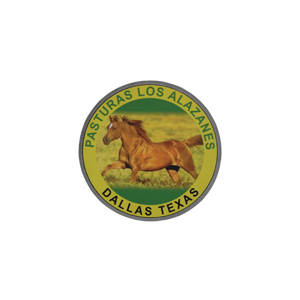Formulating Horse Feeds
When choosing a horse feed, looking at the guaranteed analysis can help you determine if the nutritional content of that feed is appropriate for the age and activity level of your horse. You’d think that two products that both contain 14% protein, 6% fat, etc. would be pretty much the...






